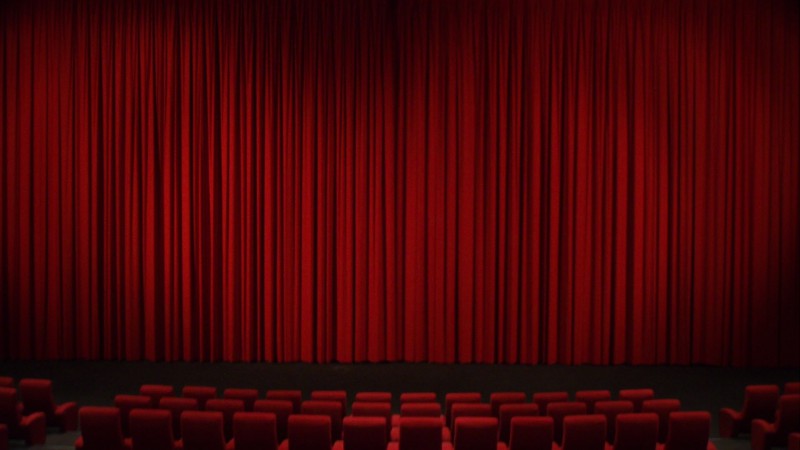Introduction to History of Cinema
Philosophical roots of cinema
Cinema is a dream. A dream that man has dreamed. Always.
Dream of the painters who were trying to make works realistic, so figures of their paintings would seem alive. Dream of cartoonists who have tried to animate their characters. Dream of writers who have projected in their minds images of their stories. The dream of us, every day, when we think of our past, or future, to what we want to happen in our lives.
But cinema is not just a projection of what we have in the deep, cinema is the staging of the becoming of the world.
The first to theorize cinema was Plato in Book VII of The Republic. In the Allegory of the Cave, he speaks of the path of man towards the truth. The projected shadows in the cave and observed by those who are trapped in it, are the deception that appears as truth in the eyes of the beholder.
What is cinema? A fiction. Where a director is the magician who tries to project a sense of the world that we are not allowed to look directly. Or perhaps the film, rather than a mere fiction, can be seen as a light that tries to illuminate the meaning of truth, showing us how effective and credible can be really a non-truth.
According to the theory of relativity, time future and time past are as real as the present time. Karl Popper called his friend Albert Einstein, “Parmenides” because he claimed that in relativistic physics all world events were imaginable like frames of a film.
The future is not yet, the past is no longer: this is the point of view of the viewer who is seeing the images. But from the point of view of the film, all events of the world “are” the same time, always already known and contained in itself. We viewers can’t know until we look at the timeline of events happen in it.
The birth of film
Another interesting profile of the emerging art of film was the one outlined by Richard Wagner in his Gesamtkunstwerk (total work of art). He theorized a type of theater in which converge music, drama and visual arts as a perfect synthesis of all other arts.
But the real birth of “doing” cinema is the consequence of a series of intuitions made by great inventors and scientists: from magic lantern to praxinoscope of Charles-Émile Reynaud (1877). When George Eastman invented (1884) the first camera developed to use film rolls, spent very little time before Louis Le Prince discovered that was possible to see the world in motion using captured photographs projected in series (1887), inventing the movie camera.
Unfortunately Le Prince was beaten on time by Thomas Alva Edison that filed a patent of first single lens camera before him. Le Prince was also the first to organize a public screening in New York in 1890, but shortly before the event, he mysteriously disappeared and never found. To that day no one knows for sure what’s happened to him.
A few years later, in 1895, Lumiere Brothers, who’d invented a tool able to do both camera and projector, the cinematograph, they make the first public performance in history, at the Grand Café of the Boulevard des Capucines in Paris.
Among the audience of that first, historic and amazing event, there was a young magician living in Paris, who was overwhelmed by that invention: Georges Méliès.
That evening 10 films were screened for the first time in history, lasting a total of 25 minutes that left gaping all viewers. Cinema was born.
